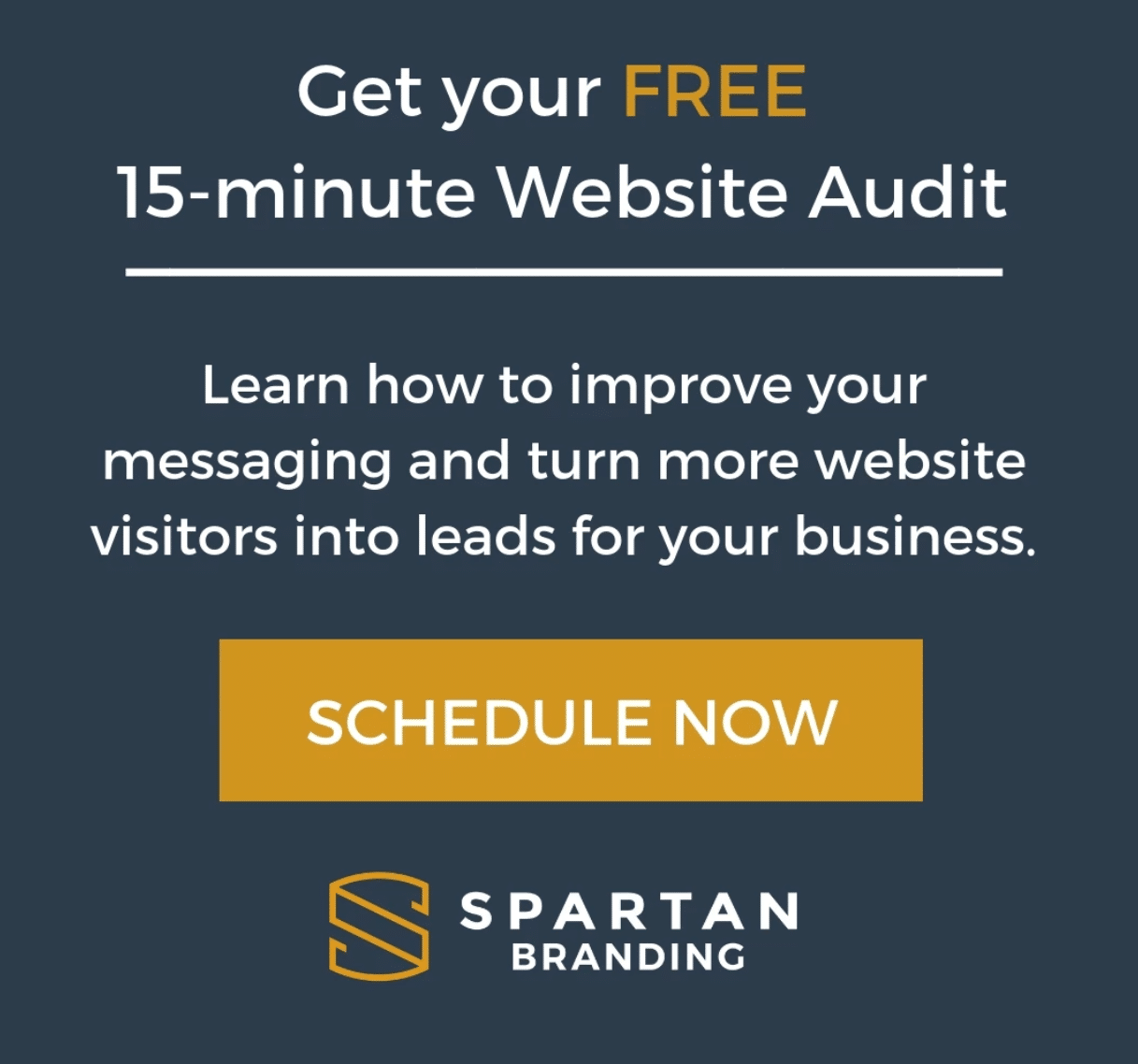
I’m not trying to downplay the importance of beauty in design. If you take an inspiring quote and have a third grader write it out using a crayon with spelling and grammatical errors, you’re not going to elicit the same response as if it’s written out by a calligrapher and decorated with intricate artwork.
But this isn’t the case for many businesses. It’s not difficult to find a talented designer who can build a beautiful, functional website. It is hard to talk about your product or service in a clear, concise, compelling way.
That’s where the StoryBrand framework makes a difference.


Companies try and overcome this by asking people to “Follow Us on Social Media” or “Sign Up for Our Newsletter.” Social media is best used to drive traffic to your website, not a great catch-all for visitors. And no one really wants to sign up for your newsletter. Unless it’s a competitor to see what you’re up to.



